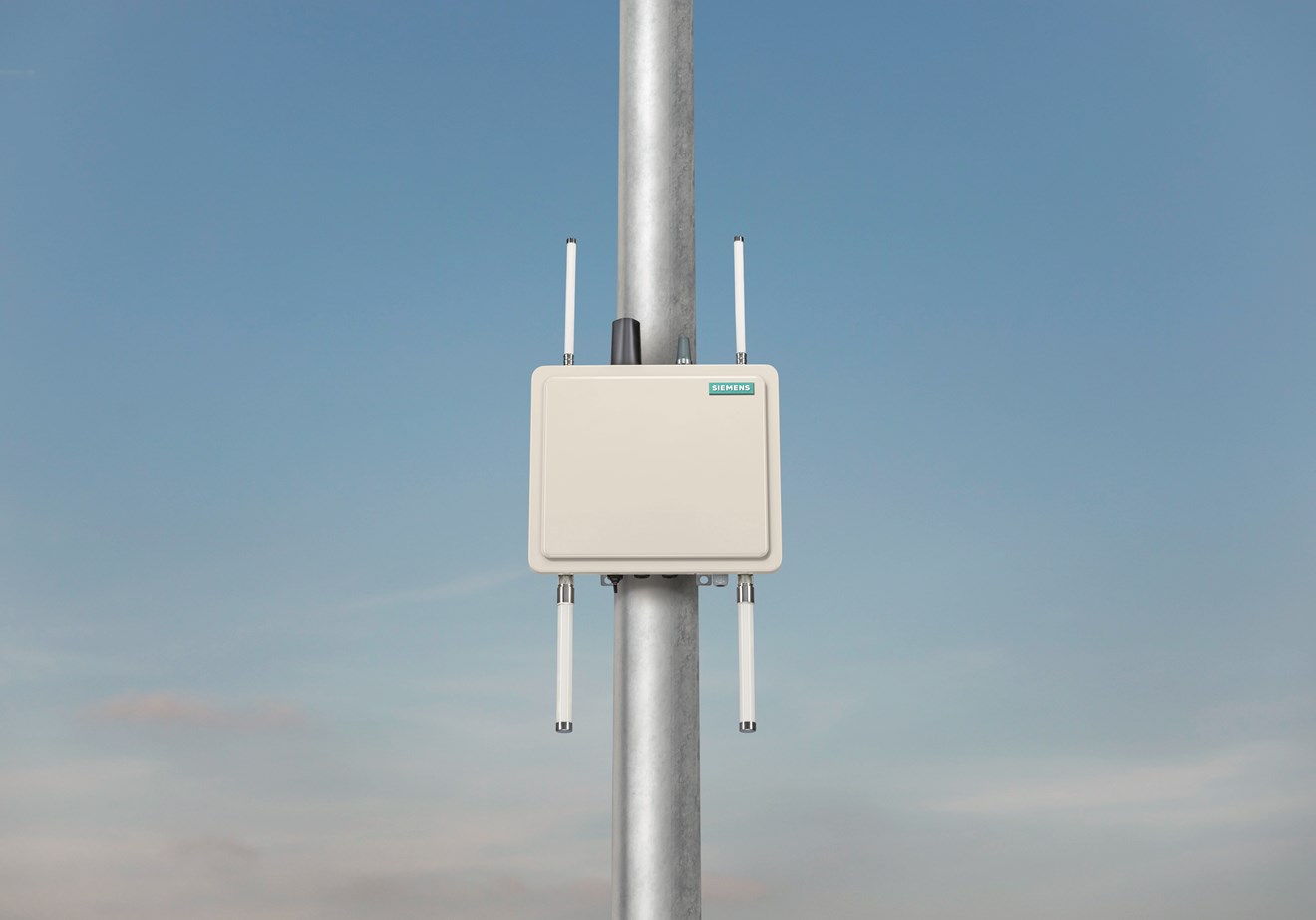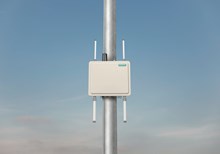As part of Project Synergy, which is funded by Innovate UK, Yunex Traffic (the new name for Siemens Mobility’s Intelligent Traffic Systems business) has completed a connected mobility trial in conjunction with project partner Transport for Greater Manchester (TfGM).
Working on the busy A555 Manchester Airport Relief Road / Styal Road intersection in South Manchester, the company successfully developed, delivered and trialled its new V2X (vehicle to everything) Signal Phase and Timing (SPaT) software module and roadside unit (RSU).
Project Synergy was established in 2019 to test autonomous vehicles on roads in the Greater Manchester area. Specifically, the project aims to test autonomous cars on a route from Stockport railway station to Manchester airport and the use of autonomous pods in an airside setting at Manchester Airport.
TfGM is committed to understanding how innovation, including advances in connected and autonomous vehicles, can benefit the communities of Greater Manchester.
Peter Boulton, Head of Highways at TfGM, stated: “Project Synergy has enabled TfGM to develop a set of principles for the deployment of connected autonomous vehicles in Greater Manchester which will greatly assist with ensuring that the policies and strategies we are developing today, including the Greater Manchester Transport Strategy 2040 and Streets for All, take account of the mobility solutions of tomorrow and that they are conducive to greater public good. The trial of the SPaT software will aid in understanding how this solution can contribute to improved air quality and to achieving Greater Manchester’s target of being carbon neutral by 2038.”
The trial successfully demonstrated the integration of V2X infrastructure and the communication of road signs via In-Vehicle Information (IVI) messages, as well as the use of SPaT messages to provide Green Light Optimised Speed Advisory (GLOSA) information to vehicles.
The trial was developed specifically to meet TfGM’s need to demonstrate how future mobility systems can assist traffic management and contribute to a safer, more efficient and reliable highway network. The junction used in the trial is the largest and most complex intersection yet to have SPaT successfully applied to it, with the new software capable of being used at intersections of up to 32 phases, and any number of stages and stage arrangements.
GLOSA and IVI messages were successfully sent wirelessly from the RSU, installed on the Yunex Traffic signals at the intersection. The messages were received and displayed by the vehicle’s on-board unit (OBU), provided by NeoGLS.
This information enables the current status of a traffic signal to be displayed to the driver, with the vehicle’s on-board system also interpreting the SPaT message to advise the driver how to adjust their speed in order to arrive at the junction on green.
Wilke Reints, Managing Director Intelligent Traffic Systems, Siemens Mobility in the UK, said: “Given the scale and complexity of the junction this was certainly a challenging project, but with a great deal of collaboration between the project team and a determination to make it work, the re-engineered SPaT software has proved to be a real success.
“The trial results were extremely encouraging and demonstrated the benefits that connected mobility solutions can deliver both to traffic managers and road users, helping both to improve traffic flow at busy intersections, and so significantly reduce congestion and improve air quality.”
The trial involved a test vehicle (equipped with an on-board unit and interface) being driven through the junction from all directions and conditions to enable the GLOSA message set to be fully tested for the different phases in a signal’s cycle and to validate the usability of the on-board display.
With the trial having proved the success of the connected vehicle technology, in time connected autonomous vehicles will interpret the GLOSA information (rather than their drivers), using SPaT messaging to adapt their speed for safe passage through sets of signals.


